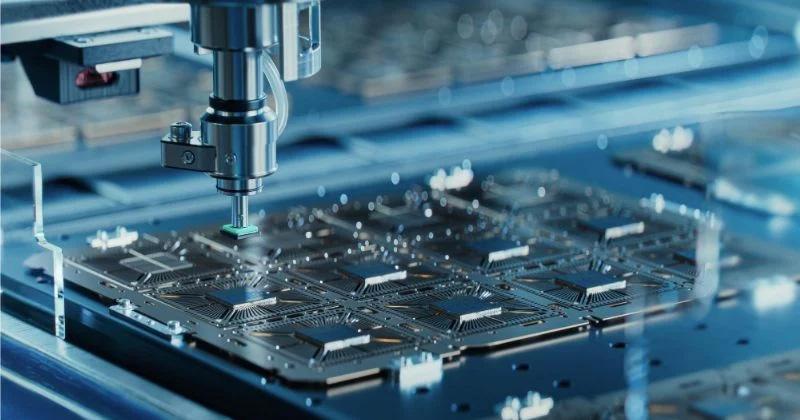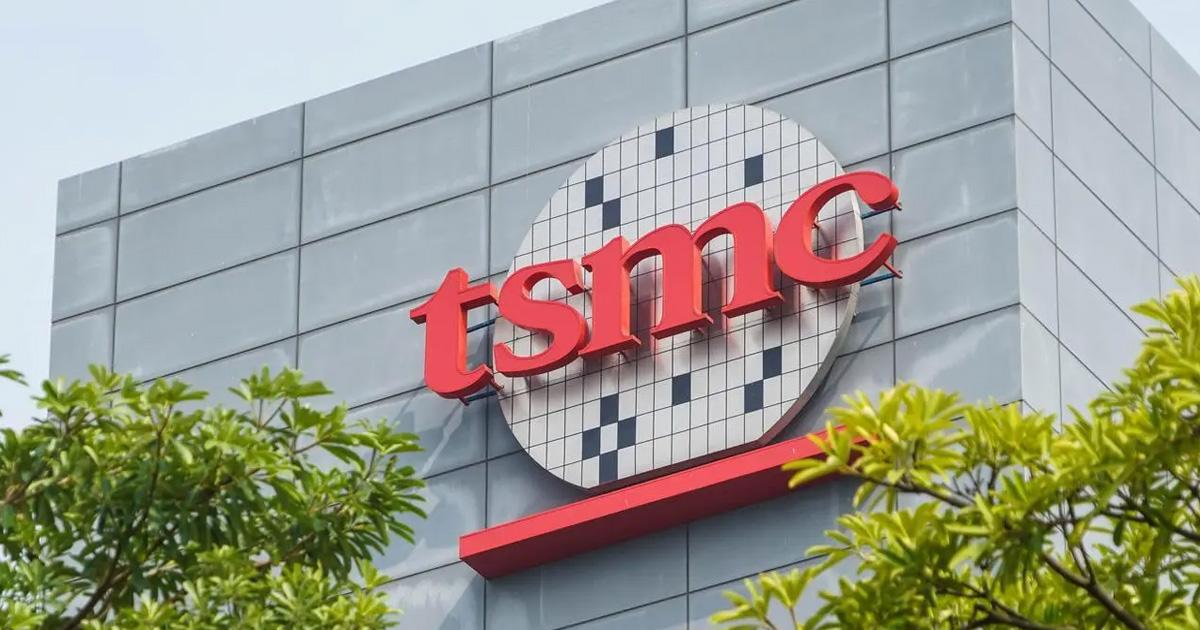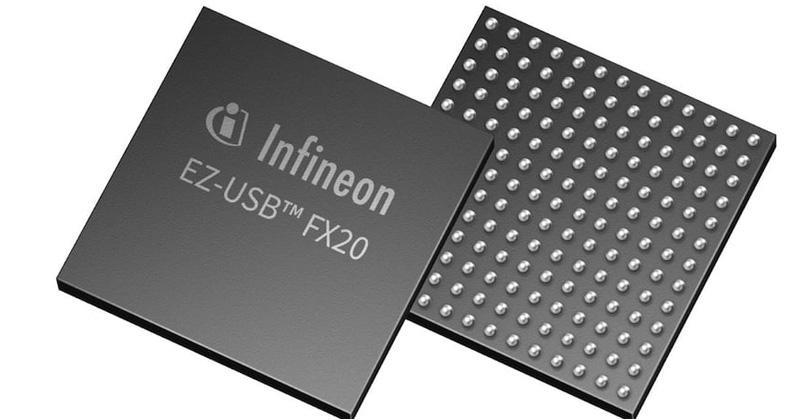
Microchip, Infineon, and Qorvo Go to Space With New Rad-Hard Devices
Electronics for space and defense applications face unique challenges because of the harsh environments they encounter. Original equipment manufacturers (OEMs) require robust, reliable performance in such extreme environments, driving innovations in radiation-hardened components. This article covers recent advancements from Microchip, Infineon, and Qorvo in radiation-tolerant electronics and their implications for future missions and defense systems.
Microchip Ups Reliability With Radiation-Resilient BJTs
Microchip recently announced that its Joint Army Navy (JAN) transistors are now tested and qualified for the enhanced low-dose radiation sensitivity (ELDRS) requirements, including MIL-STD-750, Test Method 1019, and MIL-PRF specifications.
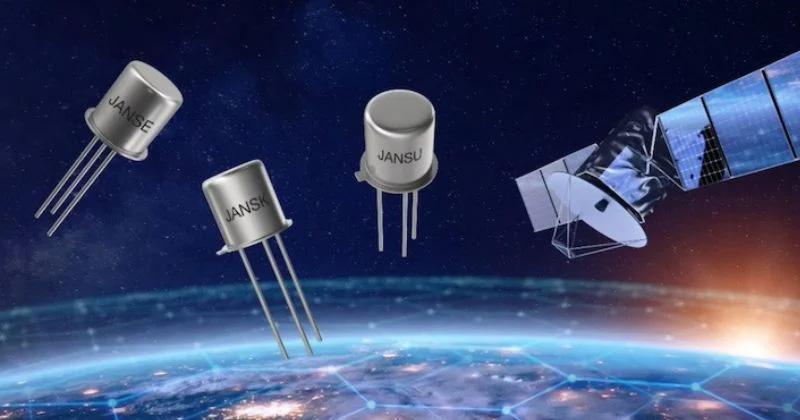
Microchip's new JAN transistors. Image (modified) used courtesy of Microchip
The ELDRS qualification is an important verification for radiation-hardened components like small-signal bipolar junction transistors (BJTs) in space and military applications. It refers to the vulnerability of electronic components to degradation when exposed to ionizing radiation over extended periods. BJT parameters like current gain (beta), base current, and leakage currents can vary significantly by prolonged low-dose radiation exposure. For instance, in an amplifier circuit, changes in the transistor's gain due to ELDRS can alter the amplification factor, leading to signal distortion. In more sensitive circuits, even minor variations can lead to notable errors or malfunctions.
The ELDRS qualification ensures that the BJTs can withstand these low-dose radiation environments without significant performance degradation. As a result, circuit designers can be sure their circuits maintain consistent performance and reliability over the intended operational lifespan, even in radiation-prone environments. Microchip's JAN transistors are tested for radiation levels up to 100 Krad at 10 mrad per second. They can also operate reliably in surroundings ranging from 100-K total ionizing dose (TID) to 1-M TID.
Infineon's Radiation-Hardened Ferroelectric RAMs
Infineon recently announced radiation-hardened, 1- and 2-Mb parallel interface ferroelectric-RAM devices boasting up to 120 years of data retention at 85°C.
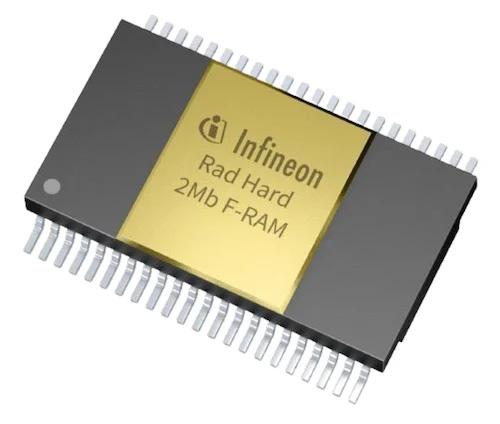
Infineon's new ferroelectric-RAM. Image used courtesy of Infineon
Ferroelectric random-access memories (FRAMs) are valued in the defense and space sector due to their non-volatile memory capabilities and high-speed read/write operations. They are useful for applications that require rapid data access and retention in harsh radiation conditions. Radiation hardening adds to this robustness and extends the life of these memories in space missions, satellites, and defense systems.
Infineon's new F-RAM instantaneously switches atomic states to store information. This contrasts conventional methods that use trapped charge to program bits. Trapped charges can be influenced by radiation or magnetic fields, leading to data corruption and soft errors. With the instantaneous switching of atomic states, the memory bits are programmed through changes in the atomic structure, such as flipping the orientation of magnetic domains or altering the state of a ferroelectric material. This method is more stable and reliable because it involves altering the physical state of atoms instead of relying on the presence or absence of an electric charge.
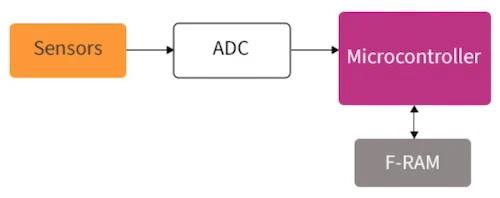
F-RAM's place in satellite calibration data. Image used courtesy of Infineon
Infineon's new F-RAMs feature a very low programming voltage of less than 2 V and a maximum operating current of 20 mA. It does not require software for managing page boundaries and offers up to 1013 write cycles, eliminating the need for wear leveling.
Qorvo Unveils Compact RF Modules for Radar
Qorvo recently launched three new integrated radio frequency (RF) multi-chip modules (MCMs) for advanced radar applications. RF MCMs integrate multiple RF components into a package, including amplifiers, mixers, filters, and antennas. They reduce board space and minimize the need for extensive routing and interconnections on the printed circuit board (PCB). They also improve signal integrity by reducing parasitic inductance and capacitance.
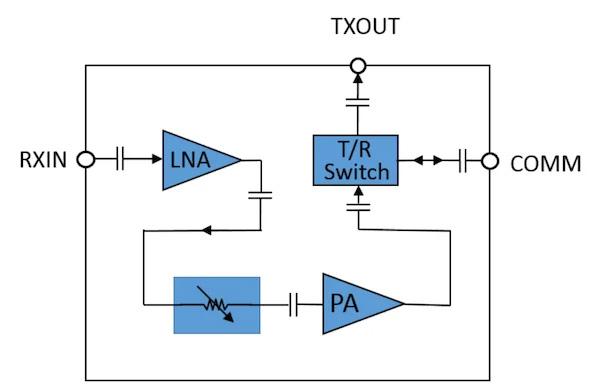
Functional diagram of the QPM2101 module. Image used courtesy of Qorvo
Qorvo's newly launched MCMs include the QPF5001, QPM2101, and QPB1029. The QPF5001 is a 12-W, X-band front-end module (FEM) that consolidates a power amplifier, a low-noise amplifier, and a limiter in one module, saving around 50% area compared to discrete components. The QPM2101 S-band receive variable gain amplifier (VGA) module consists of an LNA, 6-bit digital step attenuator, receive buffer, and T/R switch, reducing 40% board area. The QPB1029 is an L-band filter bank module integrating two switches on both sides of eight filters and a bypass in a 10 mm x 10 mm package.


